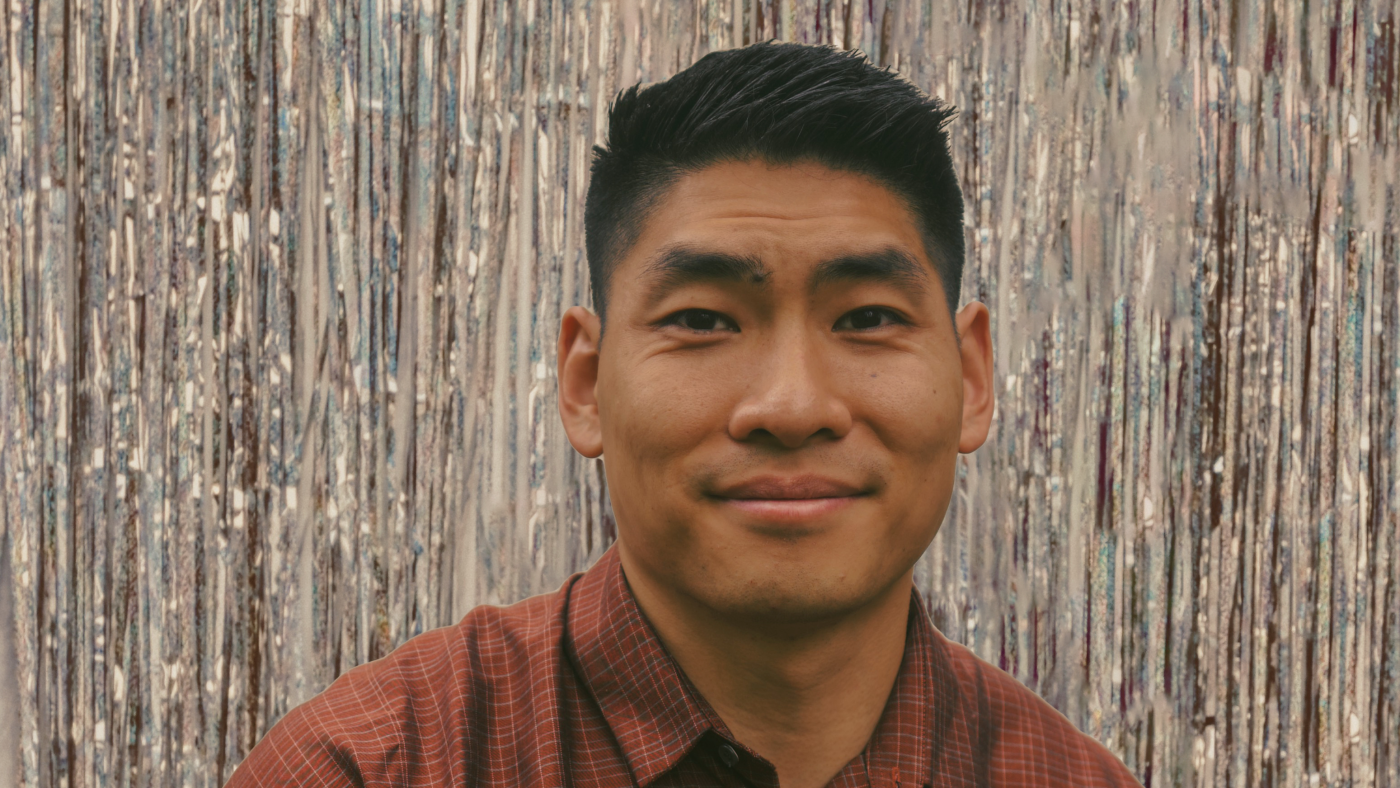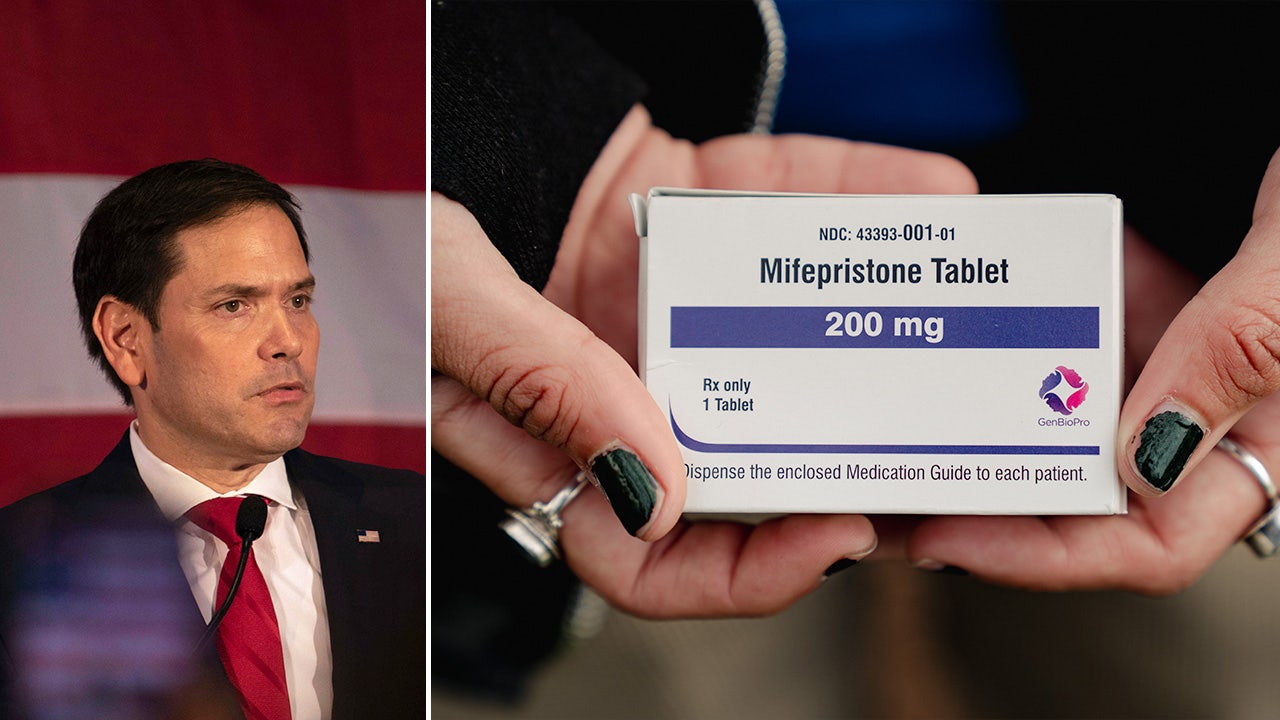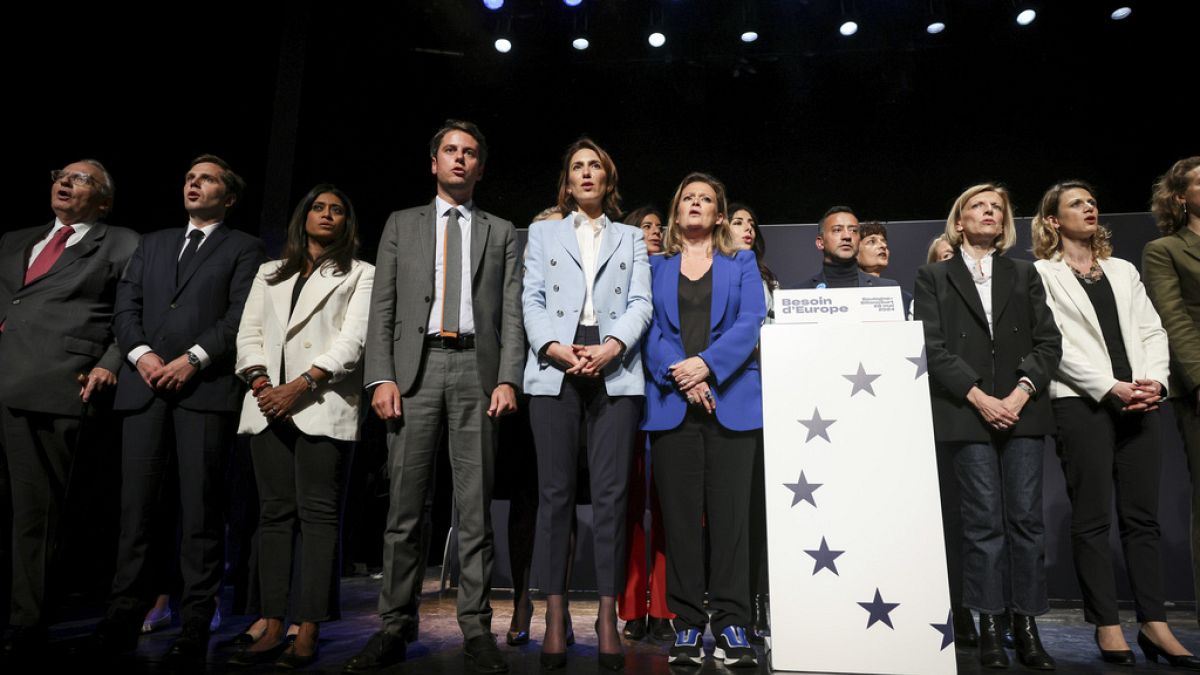Lifestyle
Rumor About Universal Music Group Mediating Drake & Kendrick Beef Not True

There’s a rumor going around that Drake and Kendrick Lamar‘s shared music label tried to force them to squash their beef — but turns out, it’s totally unfounded … TMZ has learned.
Here’s the deal … a blind item is being circulated that purports to have the inside scoop on an alleged meeting between Kendrick, Drake and Universal Music Group … which both artists are technically signed to via distribution subsidiaries.

There’s a few bullet points addressed in the blind item — including the claim that UMG honchos tried to force Kendrick to capitulate to Drake and apologize and squash things.
The blind item — citing purported insiders — said UMG wanted to have K.Dot put out a statement acknowledging that Drake is not, in fact, a pedophile … this while alleging that UMG brass was viewing Drake as losing big time in the beef and it hurting their bottom line.
It also sounded pretty thorough and detailed … but sources with direct knowledge tell TMZ there was no such meeting between UMG, Drake and Kendrick … and that this entire little narrative — which is starting to go viral online — is completely made up and not true.
We’re told not only did UMG not insert itself here … but our sources, who are familiar with the inner workings of the label, say Universal would never jump into something like this.
The way it was explained to us … Kendrick and Drake’s beef is between them and completely separate from the business side of things — and UMG just doesn’t think it’s their place to step in either way. So, they didn’t … nor did they ever consider doing so.
Mind you, there’s also the fact that all these music drops have clearly only helped them. All the tracks between these two guys have spurred lots of streams and plays — and that’s dollars for UMG … so, objectively, there’s a financial incentive to keep a beef like this going.

Now, in terms of whether it actually will keep going or die on the vine … all signs point to the latter. DJ Hed telegraphed this earlier this week, suggesting Drake was throwing in the towel and moving on. Of course, that was before a shooting took place at Drake’s house.
No telling how the unfortunate development may affect things in the music space — on the issue of either of these titans being brought in by the principal to work out their problems … we’re told it’s complete BS.
Here’s hoping they can work out their issues quietly (and non-violently) behind the scenes.

Lifestyle
Have You Ever Seen a Corgi Race?

In recent years, social media has boosted the breed’s popularity. “They are just so photogenic,” Dan McLemore, a corgi enthusiast, said during the Summer Corgi Nationals, an event held in Arcadia, Calif. “They are short, stocky, funny-looking, active — and they just always look like they are smiling all the time.”
Lifestyle
Sarah Silverman Says She Changed Her Comedy Style Over Trump

Fail Better with David Duchovny
Sarah Silverman‘s comedy style has changed quite a bit since she first burst onto the scene — and she says there’s a very good reason for it … Donald Trump.
The comedian recently hopped onto David Duchovny‘s ‘Fail Better’ podcast, where she explained how Trump becoming president inspired her to ditch the “arrogant ignorant” persona she became known for when in the 2000s.

She noted that her first comedy special and subsequent Comedy Central show was all centered on a character/shtick she was putting on … which was an offensive caricature of herself.

While Sarah acknowledged that her audience stopped responding to her racist material, it was when Trump became the 45th Prez that she realized it was time to retire the whole bit.
As she put it, 45 “embodies [the arrogant ignorant] completely” … and it wasn’t funny anymore.
Sarah says was forced to realize her old material wasn’t holding up in the changing world, adding … “You really have to stay with what is funny to you and that hopefully changes over time because it means you’ve grown, or you’ve changed, or the world has changed and you’ve changed with it, or the world has changed and you haven’t changed with it.”
Sarah has been outspoken about Trump in recent years, using her platform to advocate for causes like the Women’s March and reproductive rights.
Bottom line … she has no interest in perpetuating ignorance for the sake of a laugh anymore.
Lifestyle
From Pop-Tarts to Happy Meals, a food writer recreates American classics with an Asian flavor

The cooking series is as playful as it is cathartic. Frankie Gaw conjured up fun brand names and designs to go with each meal.
Frankie Gaw
hide caption
toggle caption
Frankie Gaw
Toasted sesame flavored Cheerios. A Pop-Tart topped with strawberry lychee frosting. And a Lunchable that includes a fried pork gua bao, cucumber salad and a Yakult.
Frankie Gaw’s social media page is filled with videos of creations like these — items you won’t usually find at your local American grocery store.
That’s the whole point, says Gaw, a Taiwanese American food creator and author of the cookbook First Generation.
“I asked myself, in an alternate universe, where the world is much more inclusive and embraced all of these diverse flavors, what are the things that Asian Americans would want to see?” he said.
Gaw talked with NPR about how his hit social media cooking series “Turning American classics Asian” came to be, and its origin as a tribute to his family and his Midwest upbringing.
The grocery store seemed stuck in time
The idea sprouted after a trip to his local supermarket. Traversing through the aisles, Gaw noticed that much of the food stocked on the shelves resembled what he saw as a kid 20 years ago. Meanwhile, ingredients like soy sauce and miso were still strictly grouped in “Asian” or “International” aisles.
“Restaurants have been embracing more Asian ingredients, and it feels like grocery stores have remained the same,” Gaw said.

For many immigrants and children of immigrants, food is an intimate part of identity. For Gaw, straddling between the “Asian” aisle and the rest of the grocery store was also symbolic of his upbringing in Cincinnati, Ohio.
Growing up, Gaw felt like he was living a double life. In public, Gaw enjoyed McDonald’s chicken nuggets and fries. At home, he feasted on his grandmother’s beef noodle soup. It took time for him to embrace his dual-taste palette.
Years later in his Seattle apartment, Gaw began experimenting with his childhood favorites. He tinkered with Campbell’s cream of mushroom soup and turned it into congee. He infused mac and cheese with miso. He went as far as designing the packaging for each meal as if he owned a food company.
Gaw shared his concoctions on social media. It took off. His food and his experiences at the grocery store resonated with people, especially other Asian Americans.
“It was a surprise. I didn’t realize how many people had similar experiences as me,” he said.
A love letter to his kid self
“Turning American classics Asian” is not just about Gaw’s appreciation for Asian flavors and ingredients, or a diss to American staples. Instead, it’s Gaw’s way of paying homage to both — and on a larger scale, to the experiences of Asian Americans.
“I have always straddled this sort of in-between space,” he said. “Growing up in the Midwest, I never felt Asian enough. But then, being with my Asian family, I didn’t feel American enough.”

Had matcha flavored Twinkies or strawberry lychee Pop-Tarts been around when Gaw was younger, he thinks it would’ve helped him embrace that in-between experience.
“If I was in a generic American grocery store and then I saw rice cakes, I think that would’ve allowed me to break down the walls of, ‘Oh this only exists within my home,’ ” he said. “And I could’ve existed as my whole self out in the world.”
The project also relates back to his family and growing up in the Midwest
Gaw’s journey into cooking and his first cookbook were motivated by his father, who died in 2014 from lung cancer. Revisiting his father and his paternal grandmother’s old dishes was a way to grieve and keep his father’s memory alive, Gaw said.
In this cooking series, he also reminisces about the time spent with his mother. It’s because of her that Gaw was able to indulge on Lunchables, Twinkies and Pop-Tarts as a kid. She wanted to make sure he would fit in and make friends.
“My mom would stock the entire pantry so that when I go into lunch period, I was like the number one kid in the cafeteria with the best lunch,” he said.
The project also stems from Gaw’s Midwestern roots. In his neighborhood, restaurants were synonymous with fast food and Olive Garden was the place to go on special occasions.
Late nights with his parents at the McDonald’s drive-through were common as a kid, Gaw said, because his parents were often exhausted after long hours at work. “It was a reminder of how much they had to hustle,” he said.
In Gaw’s version of a Happy Meal, he steams buns and marries ground pork with scallions and ginger, topping it off with a chili crunch ketchup.
As he cooks, he thinks about his father, his mother, his grandparents — and the comfort that these dishes would’ve brought them as they were adjusting to life in America.
“I think they always felt like they were on the outside breaking in,” he said. “To see their food at a fast food institution, I think it would’ve made them feel like they have a seat at the table.”
-

 Movie Reviews1 week ago
Movie Reviews1 week ago‘The Substance’ Review: An Excellent Demi Moore Helps Sustain Coralie Fargeat’s Stylish but Redundant Body Horror
-

 Culture1 week ago
Culture1 week agoFrom Dairy Daddies to Trash Pandas: How branding creates fans for lower-league baseball teams
-

 News1 week ago
News1 week agoRed Lobster files for bankruptcy after missteps including all-you-can-eat shrimp
-

 World1 week ago
World1 week agoPanic in Bishkek: Why were Pakistani students attacked in Kyrgyzstan?
-

 News1 week ago
News1 week agoThe states where abortion is on the ballot in November : Consider This from NPR
-

 Politics1 week ago
Politics1 week agoMichael Cohen swore he had nothing derogatory on Trump, his ex-lawyer says – another lie – as testimony ends
-

 News1 week ago
News1 week agoCity of Kyle falls short of ‘Kyle’ world record
-

 Politics1 week ago
Politics1 week agoAnti-Israel agitators interrupt Blinken Senate testimony, hauled out by Capitol police



















